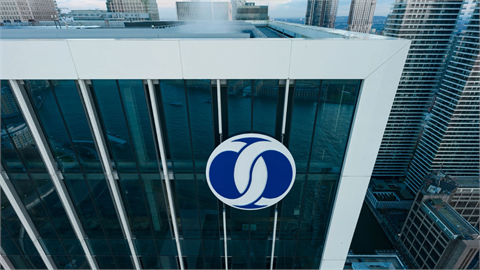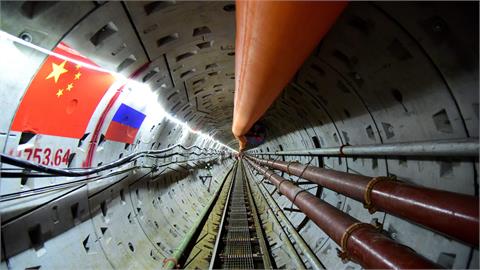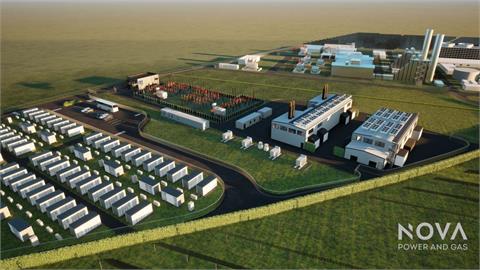The political tensions in
Ukraine will most likely disrupt its joint plans with Croatia and Hungary to
link up their pipelines to create a gas corridor that will connect to the
planned Trans Adriatic Pipeline (TAP), an oil and gas sector analyst at Erste
Investment said.
"I am not aware of any concrete fallout for the project at this stage, but
Ukraine’s fate is rather shaky at the moment so I doubt the joint initiative
would go ahead as originally planned,” Tamas Pletser told SeeNews in an emailed
interview.
In October, Croatian deputy economy minister Alen Leveric told SeeNews in an
interview that the startup of gas flowing along the Adriatic Gas Corridor was
seen by 2022.
Leveric added at the time the prime ministers of Croatia, Hungary and Ukraine
should sign by the end of 2013 a joint declaration as a precondition for the
Adriatic Gas Corridor to become a Project of Common Interest and receive EU
funding. That document is yet to be signed.
TAP will transport natural gas from the giant Shah Deniz II field in
Azerbaijan, connecting with the Trans Anatolian Pipeline near the Turkish-Greek
border at Kipoi, cross Greece and Albania and the Adriatic Sea, before coming
ashore in southern Italy.
Pletser believes that the current political turmoil will push back by at least
several years the deadline for the completion of this project provided Ukraine
survives intact as a country.
Even if Ukraine drops out, the gas corridor concept will still make sense, in
his view, since connecting Hungary with the liquefied natural gas (LNG)
terminal planned by Croatia on the Adriatic island of Krk would improve the
security of supply for both countries.
Under the downsized format, the transport capacity should be significantly
lower, Pletser said, adding that instead of 10-20 billion cubic meters (cu m)
per year, 3.0-6.0 billion cu m would suffice. This would also significantly
lower implementation costs. Both markets – Croatia and Hungary – have experienced
a very sharp fall in gas consumption, probably the largest in Europe, the
official added.
SEE GAS PRICES SEEN DROPPING BY 5.0-10%
Pletser expects gas prices in Southeast Europe (SEE) to fall by some 5.0-10% as
Russia's Gazprom is under pressure to offer rebates to protect its market
volumes.
Bulgaria, Moldova and FYROM are probably in the worst position in the SEE
region – they have the least options for supply diversification, so they are
likely the pay the highest price for Russian gas in the future, the expert
said.
At the same time, Turkey has ample supply options – it has two LNG terminals as
well as Blue Stream, the trans-Black Sea gas pipeline that carries natural gas
from Russia into Turkey and has some surplus capacity at the moment. The country
also receives natural gas through Bulgaria and Iran.
UKRAINE TENSIONS MAY SHARPEN FOCUS ON LNG TERMINALS
Asked if the current tensions between Ukraine and Russia may act as a catalyst
for gas supply diversification projects in the region, Pletser said this was
possible as the international community no longer sees Russia as a 100%
reliable partner, but rather as one that wants to use energy as leverage to
influence some countries’ domestic politics.
"The most likely impact will be on the liquefied natural gas [LNG] market –
more receiving terminals are likely to be built in Europe allowing more LNG to
be shipped here.”
He sees the same thing happening with cross-border gas link projects in the
Central and Eastern Europe (CEE) region.
"CEE will operate as a single, integrated gas market 5-10 years from now,
similar to Western Europe.”
Source: SeeNews
Related content
Monday, 22 December 2025
Monday, 22 December 2025
Wednesday, 17 December 2025
Wednesday, 17 December 2025



